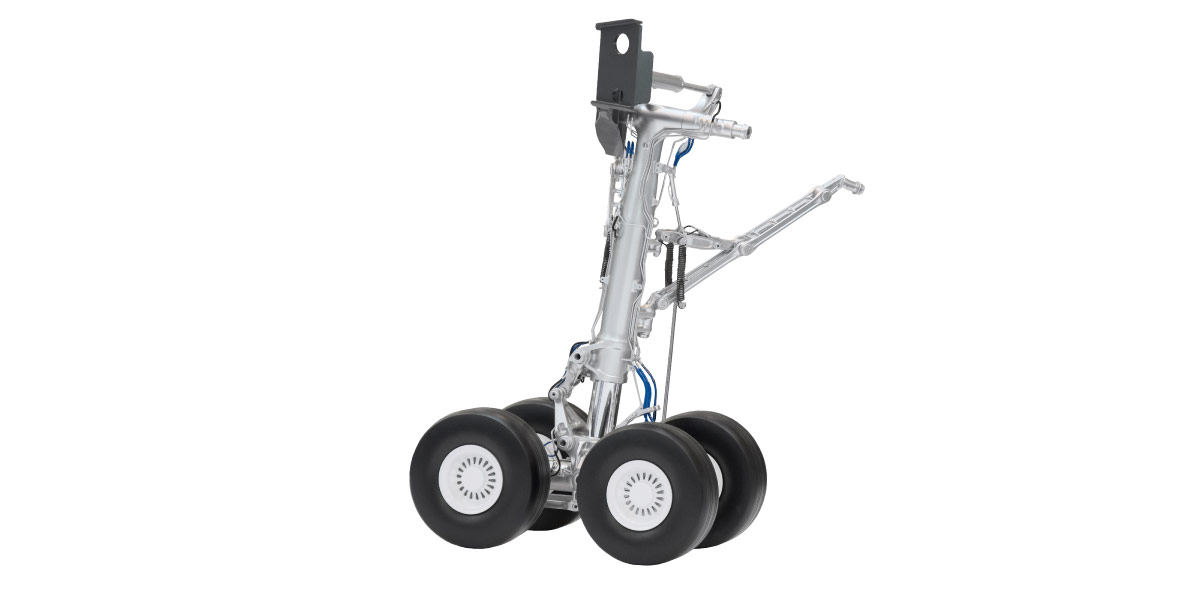The Ins and Outs of Nital Etching
Polished metals don't often show structural characteristics, let alone structural flaws, so when it comes to finishing the metal, there needs to be a way to test its solidity without damaging it, right? Let's investigate nital etching.
Machining and grinding are heat-intensive processes, so if an area of the component isn't properly cooled during the process, it will overheat or even burn, damaging the steel's properties and structural integrity. A burn causes the part to suffer from a short life span, change the stress and microstructure, and potentially cause severe failures in critical components. For as damaging as these burn marks are, though, they are not always visible. How can we know if the metal's burnt without causing any further damage to it?
Click Here for our Ten Facts About Centerless Grinding Infographic
Enter etching: a series of nondestructive tests which makes the crystalline structure of a metal surface visible by producing an optical contrast within the structure. This process, sometimes known as electropolishing, is usually done by applying a solution directly to thin metal samples. These solutions, also called as etchants, are composed of organic or inorganic acids, alkalis, or other substances suspended in water, alcohol, glycerin, or glycol. There are many different etchants which are used for different metals; for each combination, the test calls for the etchant and metal to be exposed to each other for a specified period of time: usually less than one minute, making etching a fast testing solution.
For example, etching 0.8% carbon steel should be done with 2% nitric in alcohol for 10 to 15 seconds. A sample of aluminum 4% copper alloy, on the other hand, is etched with mixed acids like hydrochloric acid and nitric acid for 60 to 90 seconds. Because many etchants are composed of strong acids, they should be handled with care and under a fume hood. After etching, the metal should be thoroughly washed in water or alcohol, dried with a hot air blower, and stored in a desiccator, which prevents oxidation and scratching.

Nital Etching is a Common Process Found in Aerospace Manufacturing
Nital etching is a specific type of surface testing. The nital etchant is a mixture of nitric acid and alcohol which is especially suitable for unveiling the crystalline structure of carbon steels. The nitric acid is a strong oxidizer and alcohol acts as a fuel, therefore, nital solutions can be dangerous without proper knowledge and equipment.
When the solution is introduced to the steel, any overheated areas will appear a different color than the areas which are not burned. See, when the metal is burned (even if these burns are not visible to the naked eye), the burned area becomes softer on the surface. When the solution is introduced to the surface, the burned area will turn to a dark color faster than areas which are not burned. How does this work? On a chemical level, the burned metal reacts with the nital, burning off the alcohol, leaving behind a more visible burn mark.
Nital etching specifically can be used to check for overtempering, localized re-tempering, decarburized surface layers, localized discontinuous carburization, and re-hardening. It can be used to detect errors in a variety of parts in aerospace manufacturing including shafts, bearings, gears. For more on all things aerospace manufacturing and precision grinding, contact the team at Indiana Precision Grinding. We look forward to working with you.










